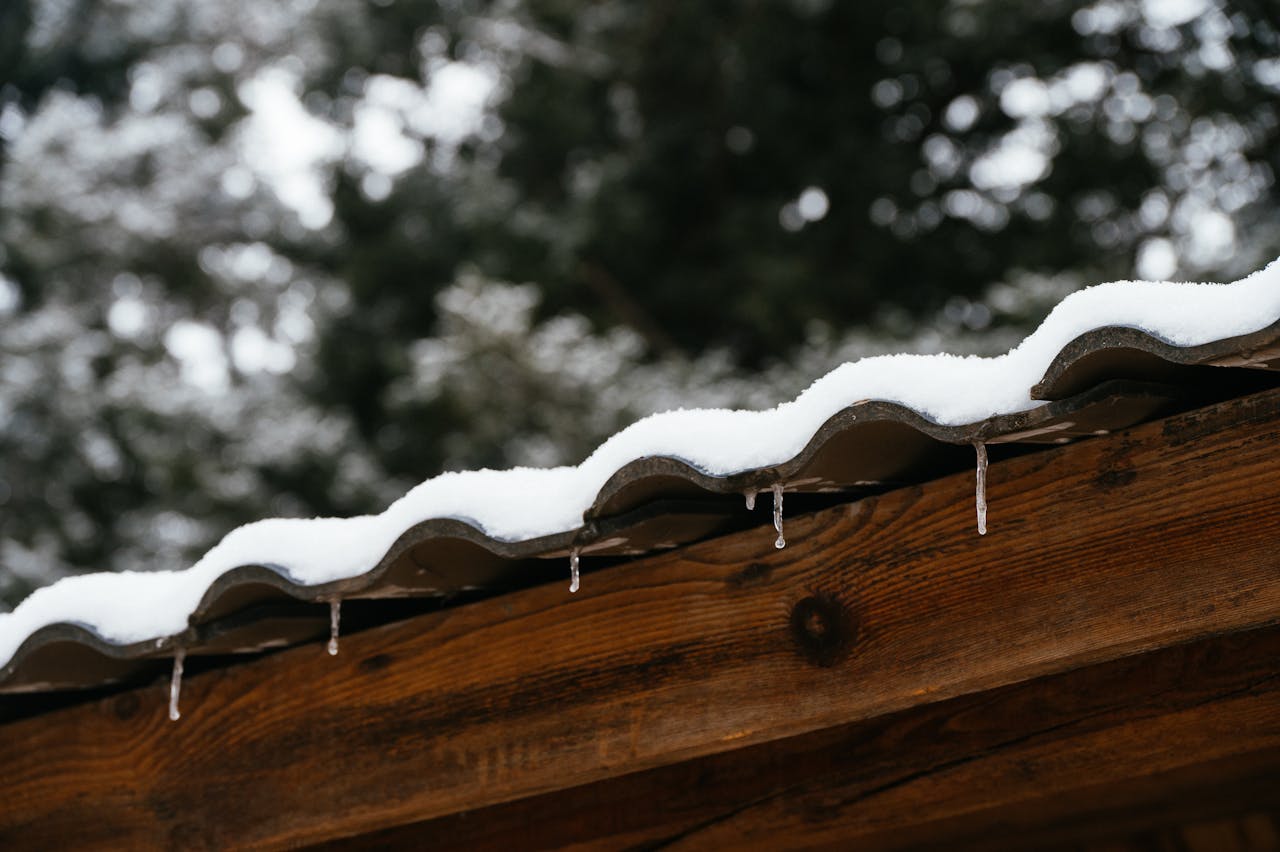
Is Your Roof Winter-Ready? A Complete Guide to Pre-Snow Season Inspections
As winter approaches, it is essential to prepare your roof to handle the harsh conditions that come with snow, ice, and strong winds. A roof inspection before the snow hits can prevent costly repairs and keep your home safe during the cold months. Here, we will guide you through simple steps you can take to ensure your roof is winter-ready and ready to withstand the challenges of the season.
Why Roof Inspections Matter Before Winter
Winter weather can be tough on your roof. Snow, ice, and freezing temperatures can cause damage that may go unnoticed until it’s too late. A pre-snow inspection allows you to catch any issues early and make necessary repairs before the worst of the weather hits. Checking your roof for missing shingles, cracked flashing, or other signs of wear and tear can save you from dealing with leaks, ice dams, and potential structural issues later on. By being proactive, you can avoid expensive repairs down the line and ensure your home stays dry and secure all winter long.
Key Areas to Inspect
When it comes to getting your roof ready for winter, several key areas require your attention. Here’s what you need to check:
1. Shingles
Check your roof for any missing or damaged shingles. Snow and ice can quickly make small issues much worse if not addressed before winter. Look for cracks, curling edges, or shingles that have come loose. If any are found, they should be replaced or repaired before the weather worsens.
2. Gutters and Downspouts
Clear your gutters and downspouts of leaves and debris to ensure proper water drainage. Blocked gutters can cause water to back up onto your roof, leading to leaks and ice dams. Keeping gutters clear prevents water from pooling, which can freeze and create additional problems like leaks and damage to the roof structure.
3. Flashing and Seals
Inspect the flashing around chimneys, skylights, and vents for any gaps or cracks. These areas are prone to leaks, especially when the temperature changes and snow begins to melt. Make sure the sealant around these areas is intact, as any weak spots can lead to water penetration when snow or ice melts.
4. Roof Valleys
The valleys of your roof are where two slopes meet. These areas can collect a lot of snow and water, which, if not cleared, can lead to leaks. Check that there are no obstructions like leaves, branches, or debris in the valleys to ensure that water can flow freely away from the roof.
5. Attic Insulation and Ventilation
Good insulation and ventilation in your attic are essential for preventing ice dams. Heat from your home can escape through the roof if the insulation is poor, causing the snow to melt and refreeze at the roof’s edge. Make sure your attic has proper ventilation to maintain an even temperature on the roof.

Simple Steps for Roof Preparation
Once you've identified the areas that need attention, here are a few simple steps to prepare your roof for winter:
- Clean Gutters: As mentioned, cleaning your gutters is one of the most important tasks to prevent backups and ice dams.
- Trim Overhanging Tree Branches: Tree branches that hang over your roof can break under the weight of snow and ice. Trimming them back reduces the risk of damage to the roof.
- Seal Gaps and Cracks: If you find any gaps in the flashing or seals, seal them with a high-quality roofing sealant to prevent water from entering your home.
- Check Insulation: Ensure your attic is properly insulated and that there are no areas where warm air can escape, leading to uneven melting of snow.
When to Call a Professional
While a simple roof inspection can be done by most homeowners, some issues are better left to the professionals. If you notice significant damage, such as multiple missing shingles or extensive damage to the flashing, it’s best to call a roofing contractor. Professional roofers can safely inspect hard-to-reach areas and identify problems that may not be obvious to the untrained eye.
Start Your Quote Today
Our licensed specialist will search for the best insurance quotes and will email you when ready.


